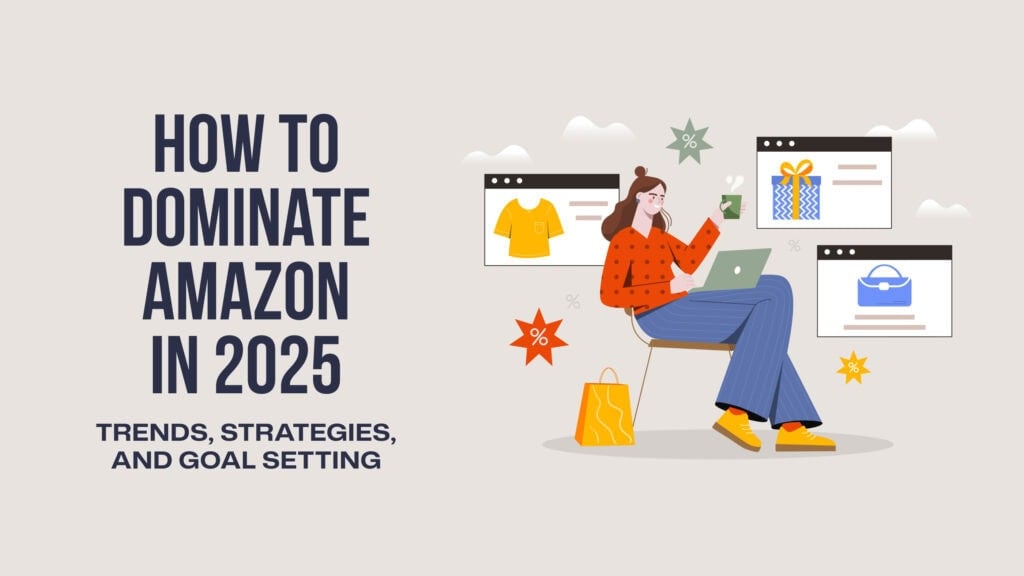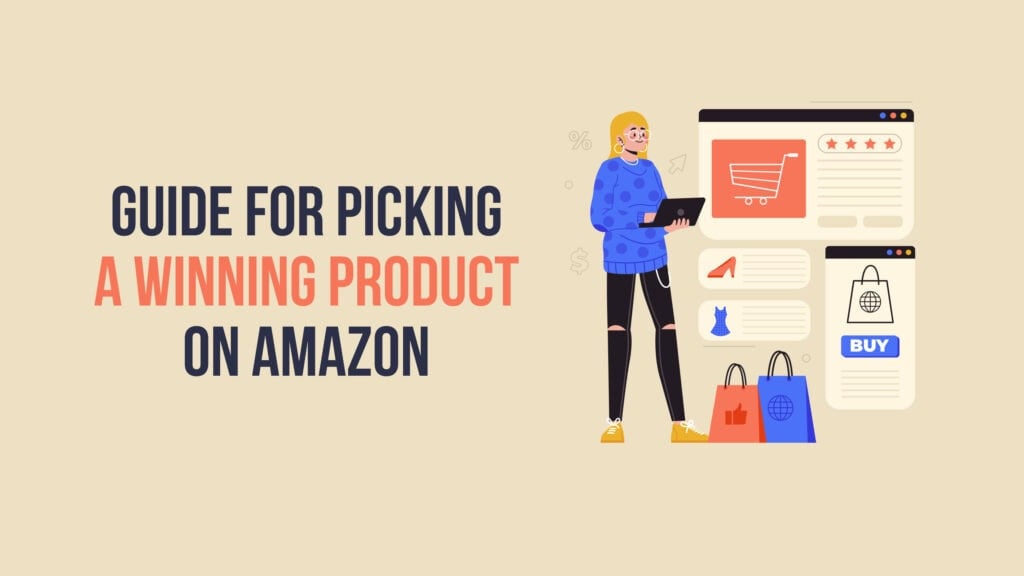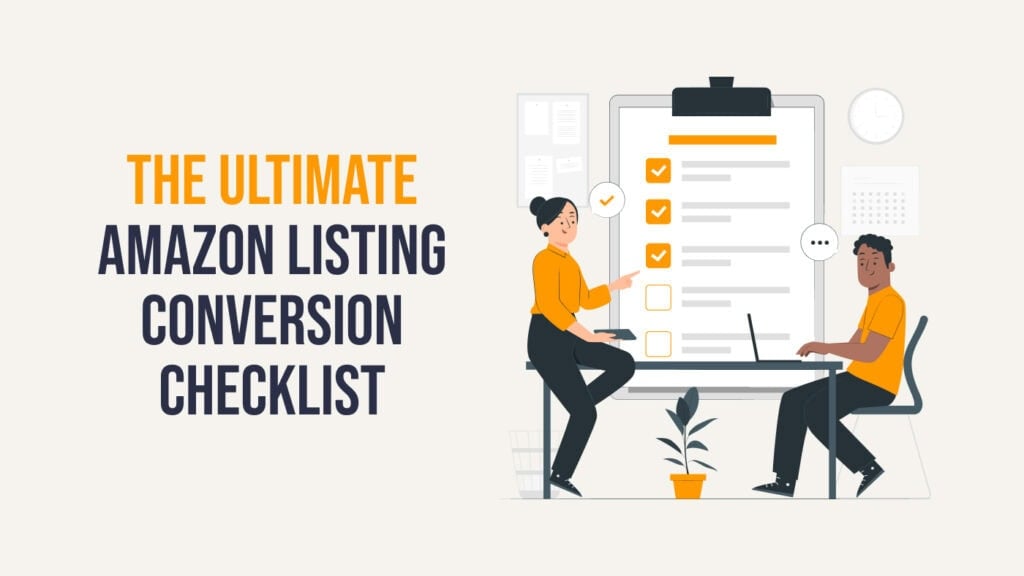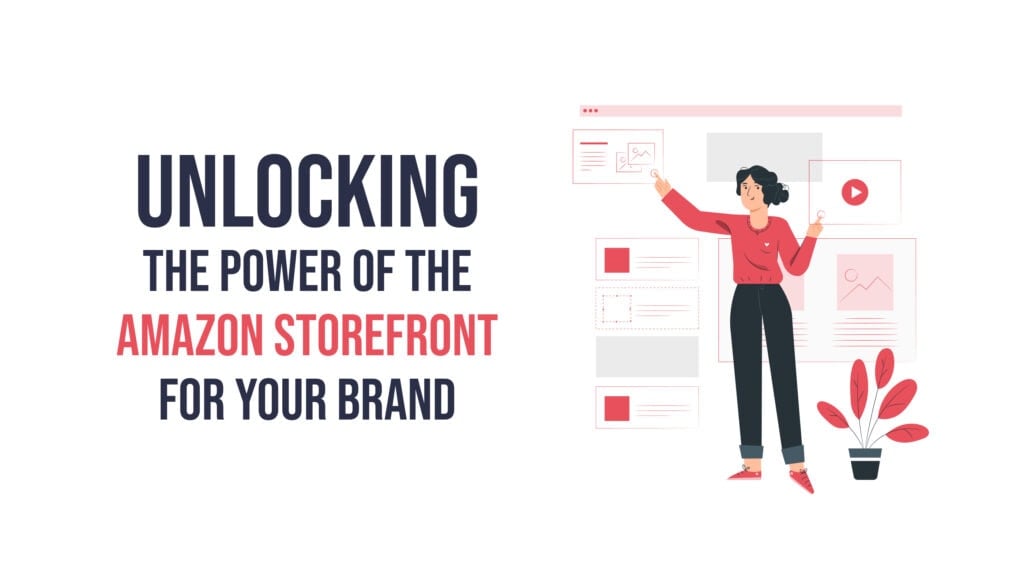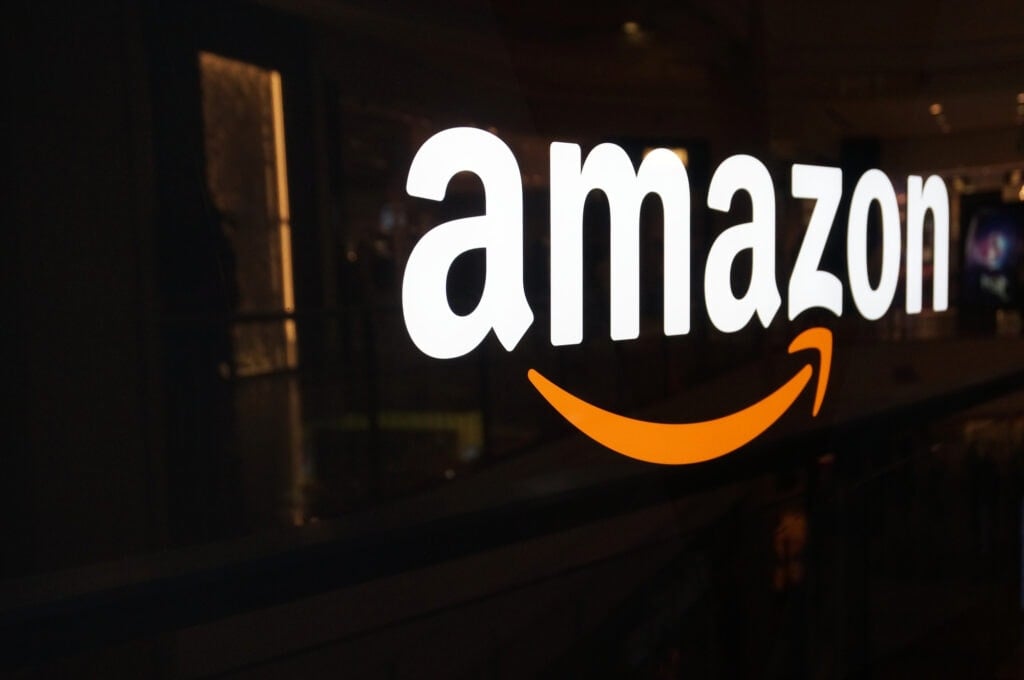Is Black Friday dying?
A research report from PwC found holiday shoppers are likely to avoid brick and mortar stores this holiday season. Many shoppers have decided it's simply not worth it to battle holiday crowds for $20 off.
It seems retailers are taking notice.
More than 55 major retailers will close their doors over the Thanksgiving holidays. Many cite falling in-store Black Friday sales and employee downtime as the reason. But what does that mean for ecommerce sellers?
Black Friday isn't dying, it's changing
PwC's Holiday Outlook states 84 percent of customers will shop online. So this means customers are spending all their holiday dollars online? Not so fast. The same PwC report states 88 percent of customers will shop in stores. So they're spending it all in stores?
What's going on?
As the retail apocalypse shows, holiday shopping is moving towards an online majority. The good news? Shoppers are splitting their time between brick and mortar and ecommerce stores equally.
The bad news? Shopper expectations have changed.
5 ways to prepare for Black Friday
Black Friday is still a force to be reckoned with. While shopper interest is rapidly decreasing, it remains an important part of the holidays.
Here's how retailers can get the most of Black Friday:
- Offer amazing deals. Holiday shoppers are especially deal conscious. Use discounts, bonuses, incentives and rewards to attract and keep your customer's attention. Customers are looking for deals offering 50 percent off or more.
- Use the experience economy. Give your customers an enjoyable holiday experience. At Sephora, shoppers can sign-up for beauty classes and in-store events. They can participate in makeovers and chat with professional make-up artists. Apple has turned their stores into "town squares" accommodating shoppers with outdoor plazas, forums and meeting places. You don't have to take it this far but you can make your store a welcoming environment for shoppers that want to stay.
- Create an enjoyable experience. Out of stock items, long checkout lines, and crowded stores have become customer deterrents. Give shoppers an easy-to-navigate experience. Offer deep personalized discounts, generous product selection, same-day delivery and gift wrapping. Make the experience quick, pleasurable and easy for shoppers who want to get in and out.
- Lead with anchor products. Use anchor products, the 20 percent of your products that generate 80 percent of your revenue, to draw in holiday shoppers. Increase sales with relevant upsells, cross-sells, and down-sells. Offer descending discounts, ascending bonuses and/or incentive offers. Start with your anchor products and work towards complementary products. The more customers buy, the bigger the benefit. The more they buy the larger your profit margin.
- Promote your deals consistently. Use video, advertising and email to promote your advertising and attract customer attention. Use in-store signage to direct shoppers to advertised products. Position your products so you have the opportunity to introduce them to more deals along the way.
It may seem complicated but it's not. It boils down to one thing: Find out what your customers want, then give it to them.
5 ways to prepare for Cyber Monday
Cyber Monday is quickly becoming the dominant and preferred day for holiday shopping. Customers want to avoid the difficult and unpleasant parts of Black Friday so they shop online.
Here's how you can maximize your online sales this Cyber Monday:
- Integrate your marketing channels. Promote your products, offers and deals across your marketing channels. Place ads in front of your customers, wherever they are. Give them an irresistible offer, a strong value proposition and a compelling reason to buy.
- Don't make shoppers think. Customers want to see the products you've advertised. They aren't interested in hunting for the product on your site so don't make them look for it. Display your advertised products front and center. Guide customers through your site, make suggestions. Do your best to increase the amount of digital hand-holding you're able to give.
- Prepare for Mobile. Mobile commerce accounts for 15 to 25 percent of all ecommerce spending. That number continues to rise with mobile devices set to achieve 45 percent of total ecommerce sales by 2020. Here's the thing about mobile commerce. Customers expect it now. They prefer to spend their money with retailers who focus on their user experience.
- Keep products in-stock. Picture this. You've just been promised an amazing deal, 65 percent off! You arrive on site, credit card in hand only to find the product you want, the one you were promised, is out of stock. When this happens most shoppers immediately abandon the site they're on. Make sure you have extra inventory on hand to handle the holiday rush.
- Confirm your credibility. If you're a newcomer or an unknown, use credibility seals to boost customer trust. Use tools like McAfee Secure, PayPal Verified, Norton Secured and others to verify safety. Display staff photos and bios on your about pages. Share "as seen on" logos. Present testimonials and product reviews as social proof. Do everything you can to validate your brand. Give customers the confidence they need to take a chance with you.
Holiday shoppers want exclusive deals and deep discounts. They're looking for ways to maximize their holiday budget.
These days it's no longer just about money. They want the holiday experience.
Shoppers want retailers who can provide it all. They want amazing products, irresistible deals and a wonderful experience.
Want to win shoppers over on Black Friday and Cyber Monday? Give customers the product and experience they want, the way they want it.
MORE ECOMMERCE TIPS FROM CAPITALISM.COM:
• The Rise of Black November: Why eCommerce Businesses Must Discount Earlier
• 3 Profitable Strategies To Crush Your Cyber Monday Sales Goals
• 3 Fun Strategies Your eCommerce Store Can Take a Bite Out Of The $9.1 Billion Halloween Industry

